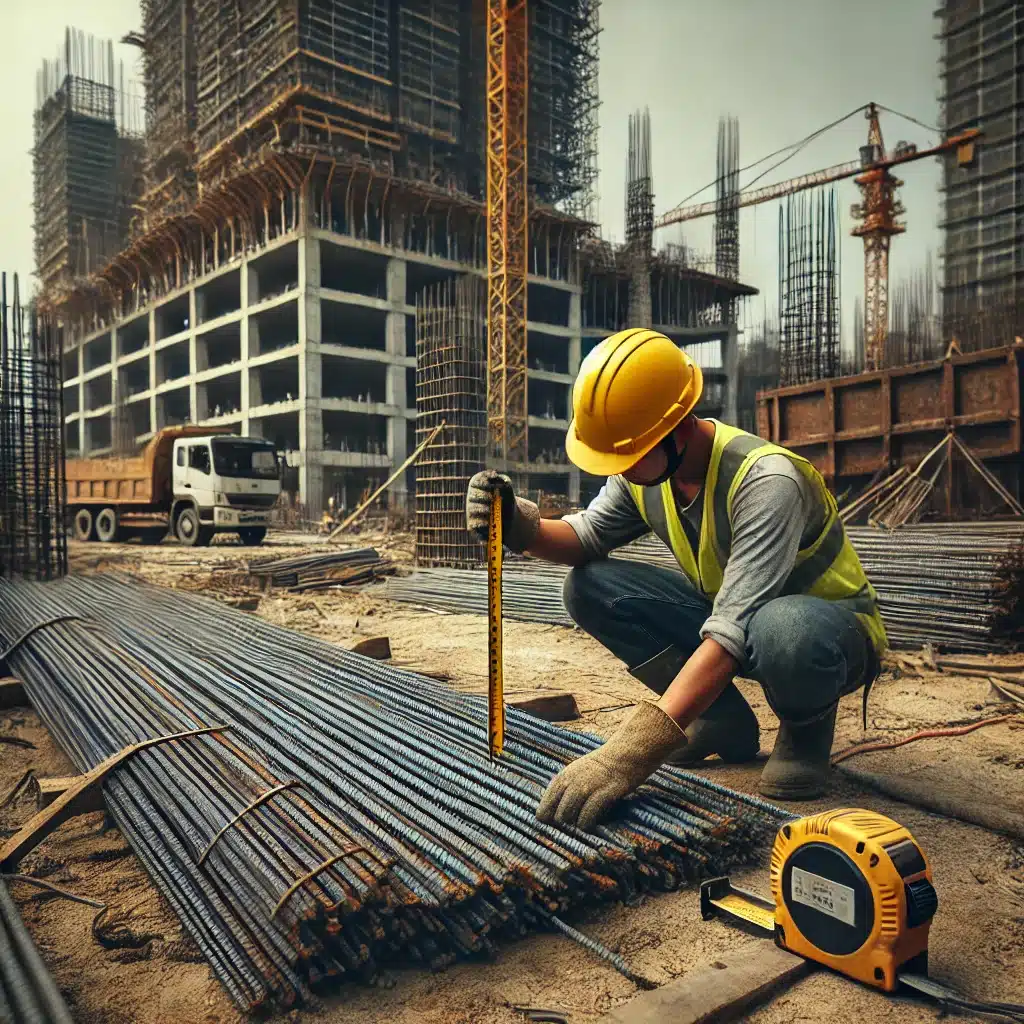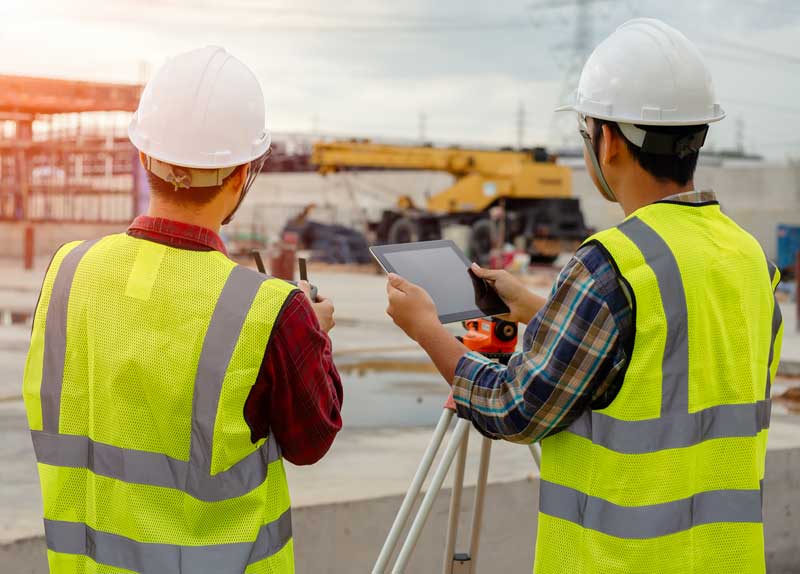
In the rapidly evolving landscape of commercial construction, drone technology has emerged as a game-changer. The adoption of drones in project management is no longer a novelty but a growing necessity, driven by the need for enhanced efficiency, safety, and cost-effectiveness. But just how prevalent is this technology in the construction industry today, and what are the implications of adopting—or delaying—the use of drones?
The First Time I Saw Drones in Construction
I remember the first time I saw a drone zip through the air over a construction site. It was like watching a sci-fi movie—except this was real, and it wasn’t just about impressing the crowd. That little gadget was gathering data faster than I could finish my second cup of coffee. It mapped the site, identified potential issues, and even gave us a live feed that made me feel like I was in a high-stakes video game. I thought, “This is it. This is the future.”
Turns out, I wasn’t the only one thinking this way. By 2024, about 20% of the big construction firms had jumped on the drone bandwagon. Why? Because these flying machines are changing the game. The construction drone market is expected to hit $6.99 billion by the end of this year, and experts are predicting it’ll soar to $12.27 billion by 2028. That’s some serious growth.
Features and Benefits Driving Early Drone Adoption
Early adopters of drone technology in construction have been quick to leverage its many advantages. Drones provide real-time aerial footage and comprehensive site mapping, which are invaluable for pre-planning, progress tracking, and safety inspections. For instance, drones can create 3D maps and orthomosaic images that offer precise measurements and detailed visual data. This capability allows project managers to identify potential issues before they escalate, ultimately reducing the risk of costly delays and rework.
Additionally, drones improve site safety by minimizing the need for workers to enter hazardous areas. Instead of sending a worker to inspect the edge of a sinkhole or the roof of a condemned building, a drone can perform the task safely from the air. This not only protects workers but also ensures that safety inspections are thorough and frequent.
The Cost of Ignoring the Future
Here’s where it gets serious, though. If you’re dragging your feet on adopting drones for construction, you might want to reconsider. Sure, traditional methods have worked fine for years, but the cost of sticking to the old ways is creeping up. Drones cut down on labor, reduce the need for expensive equipment like cranes, and can survey a site faster than I can finish that aforementioned cup of coffee (seriously, coffee is a theme here).
But the real kicker? The opportunity cost. If you’re not using drones, your competitors probably are, and they’re reaping the benefits—better project timelines, improved safety records, and lower costs. Meanwhile, you’re stuck with outdated methods and probably a bit more mud on your boots than necessary.
Looking Ahead: The Future of Drones in Construction
As a Drone Service Provider (DSP), I’m excited about the future of this technology in the construction industry. The rapid growth of the construction drone market is a clear indication that drones are not just a passing trend but a fundamental shift in how projects are managed and executed.

For construction companies looking to maintain a competitive edge, the integration of drone services is no longer optional—it’s essential. The ability to deliver real-time, accurate data, enhance safety, and reduce costs makes drones an invaluable asset on any construction site.
In the coming years, I anticipate that we’ll see even more innovative applications of drone technology in construction, from AI-driven analytics to fully automated site monitoring. The sky, quite literally, is the limit.
If you’re in the construction industry and haven’t yet explored how drones can benefit your projects, now is the time to start. The future is here, and it’s flying high.
From The Editor:
Do you need to hire a professional drone service provider for your project? To speak to an aerial data specialist, fill out a form, email us or for even faster response times, give us a call at (833) FLY-4YOU or (833) 359-4968. Check out our transparent pricing at www.aerialdecisions.com and watch this space as we expand on the above topics and more over the coming weeks and months.
If you like this post, feel free to click the share button at the bottom of the page. We appreciate you helping us by spreading the content we share on our blog.
- Drones and Construction – The 2025 Outlook - February 8, 2025
- The Future of Business: Top 7 Commercial Drone Applications Across Key Sectors - January 19, 2025
- From Over-Ordering to Supplier Accountability: How Drones Redefine Stockpile Management - January 12, 2025

